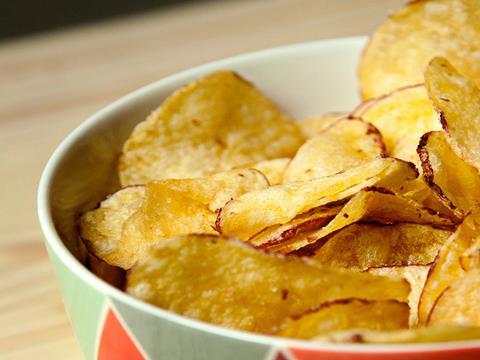
Focus on Crisps, Nuts and Snacks
Download the synopsis here
Publishing: 13 April
Advertising deadline: 29 March
Submissions deadline: 22 March
The story part one: M&A in the snacking world by Rob Brown
IIt’s hard to keep up with who owns what in the world of snacking. For snacks have emerged as a hotbed of M&A activity. High-profile deals over the past year include PepsiCo’s £20m swoop for Pipers, Intersnack’s acquisition of Tyrrells and Unilever’s £150m deal for Graze. These highlight the sheer level of appetite for buying up smaller snack brands. On one hand, the rationale is clear. Snacking is a growth area and premium, more artisanal offerings are showing a higher percentage growth than many of their mass market counterparts. But these acquisitions aren’t always a surefire route to success – for every success story, there is another brand that has failed to provide a return on investment. So why is snacking such a fertile ground for M&A? Why are bigger manufacturers looking to acquire smaller offerings? And what is the secret to success?
Key themes:
Giants versus challengers: What is attracting giants to smaller brands? How are their flagship brands performing? To what extent are they buying up new brands to mitigate declines closer to home?
Consumer behaviour: To what extent is consumer appetite for smaller, more artisanal brands fuelling this activity?
Secrets to success: What separates a successful acquisition from a less successful one? To what extent is it down to the ethos of the company making the acquisition? Just how much free rein do these smaller brands have when they are acquired – or do they have to start thinking like a corporate?
Popcorn versus crisps: At one point, popcorn was the darling of the snacking world. But M&A seems to have dropped off in this area as sales decline for the first time. What is the new area? Are crisps a more reliable bet?
Mergers & acquisitions: We look at examples of deals, the date they happened and sum agreed along with an explanation of the strategy. What attracted the buyer and what are their plans for the brand?
The story part two: The future of the healthy snack by Ash O’Mahony
TThe potato has some fresh competition. No longer the undisputed champion of bagged snacks, the spud is facing stiff rivalry from challenger brands. Sweet potato sticks, popped oats and black eyed pea puffs mare all vying for a slice of the traditional crisp market. Plus, they promise a healthier hit of flavour than their potatobased counterparts. Many believe this is the future of snacking. However, the potato is far from dead. The fastest growing brand in the top 10 is unashamedly spud-based and makes no health claims whatsoever. So are healthy crisp alternatives really the future? Or will the mass market always opt for a guilty pleasure when it comes to snacking? And to what extent can healthy alternatives get the flavour right?
Key themes:
Potato alternatives: What is the demand for an alternative to the potato crisp? Which alternatives are proving most popular with consumers?
Flavour: Consumer polls regularly show flavour is the most important attribute when it comes to snacking. So even if these crisp alternatives can promise plenty of healthy credentials, without flavour they won’t sell. So which are hitting the flavour mark? How have manufacturers achieved this?
Crisp champions: Healthy snacks may be getting all of the limelight but there is still plenty of appetite for the traditional crisp. What is the secret to success in crisps nowadays? How can launches appeal to a nation of more health-conscious consumers?
Nuts, popcorn, seeds and seaweed: It’s not about crisp alternatives. Several brands are offering something different to the crisp altogether – from chilli-infused nuts to seaweed snacks. To what extent are these tempting the crowd? How many consumers are leaving the crisp sector altogether?
Healthy vending machines: In the US, PepsiCo has put a Hello Goodness vending machine – a machine that sells only healthy snacks – in thousands of US sites. Is anyone doing this in the UK and what potential would these machines have in our market?
ShopperIntelligence boxout: Using Shopper Intelligence data, explain how consumers are shopping the crisps, nuts and snacks aisle Kantar data: Using Kantar commentary, we explain the reasons behind the rise and fall of certain sub-categories.
Nielsen data: Using Nielsen commentary, we explain the reasons behind the rise and fall of the top 10 brands. Innovations: We identify four new products that ideally have not appeared in The Grocer before. including launch date, image and RSP.
Online Listicle to go live on 1 March: What are the main innovations & how are they shaping the market
Downloads
Crisps Nuts Snacks
PDF, Size 0.36 mb



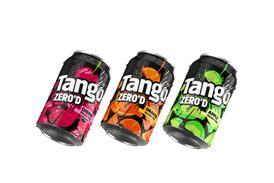





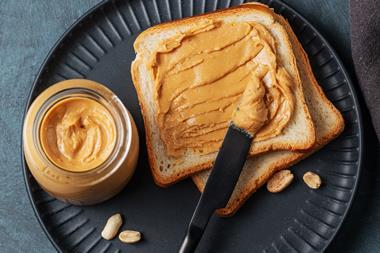
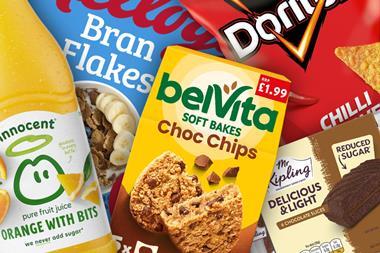
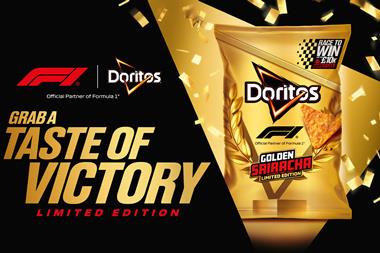
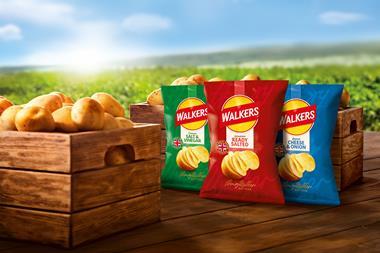
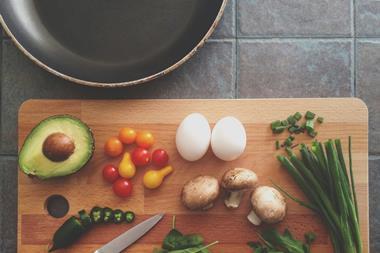




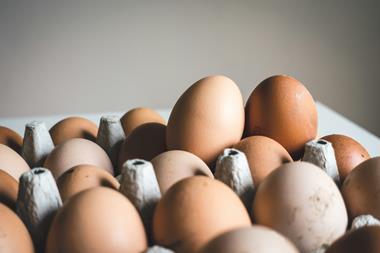
No comments yet